(January 2021)
So far, the greatly anticipated year of 2021 hasn't quite lived up to expectations. At the end of December, the South African government put on its Grinch hat and promptly stole Christmas, New Years, and whatever remained of South Africans' desperately needed summer holidays. Beaches were closed, the sale of alcohol was completely banned, and a 9pm curfew was implemented. Well into January, after weeks of reading more and more depressing stories in the news about restaurants and business owners sliding further into despair and financial ruin, we decided we needed to escape. Our first choice was Namibia - a country that so far seemed to be against imposing extreme lockdown measures and where we could possibly enjoy a walk on the beach and a sundowner without being chased by the army and thrown into the back of a police van. To get there, we had to present a negative Covid test at the airport that was less than 72 hours old. So the first hurdle was doing the mathematics to figure exactly when we should get the test to ensure that we got it back in time. We duly went to a testing site, waited in a queue for about 2.5 hours, endured an eye-watering nasal swab, and went back home to wait. To our utter surprise and horror, my test came back positive. I had absolutely no symptoms, but regardless of how I felt, that completely scuppered our travel plans.
After the requisite 10 days of idling about at home doing the quarantine thing, we decided to try salvage the situation and what was left of Sven's holiday. The result was 3 days at the Karoo National Park, a 5 hour drive from Cape Town.
The park is run by Sanparks, and was exactly what we expected and needed. The weather was hot, there was a pool, there was a braai at our cottage, and the views of the Karoo mountains were endless and satisfying.

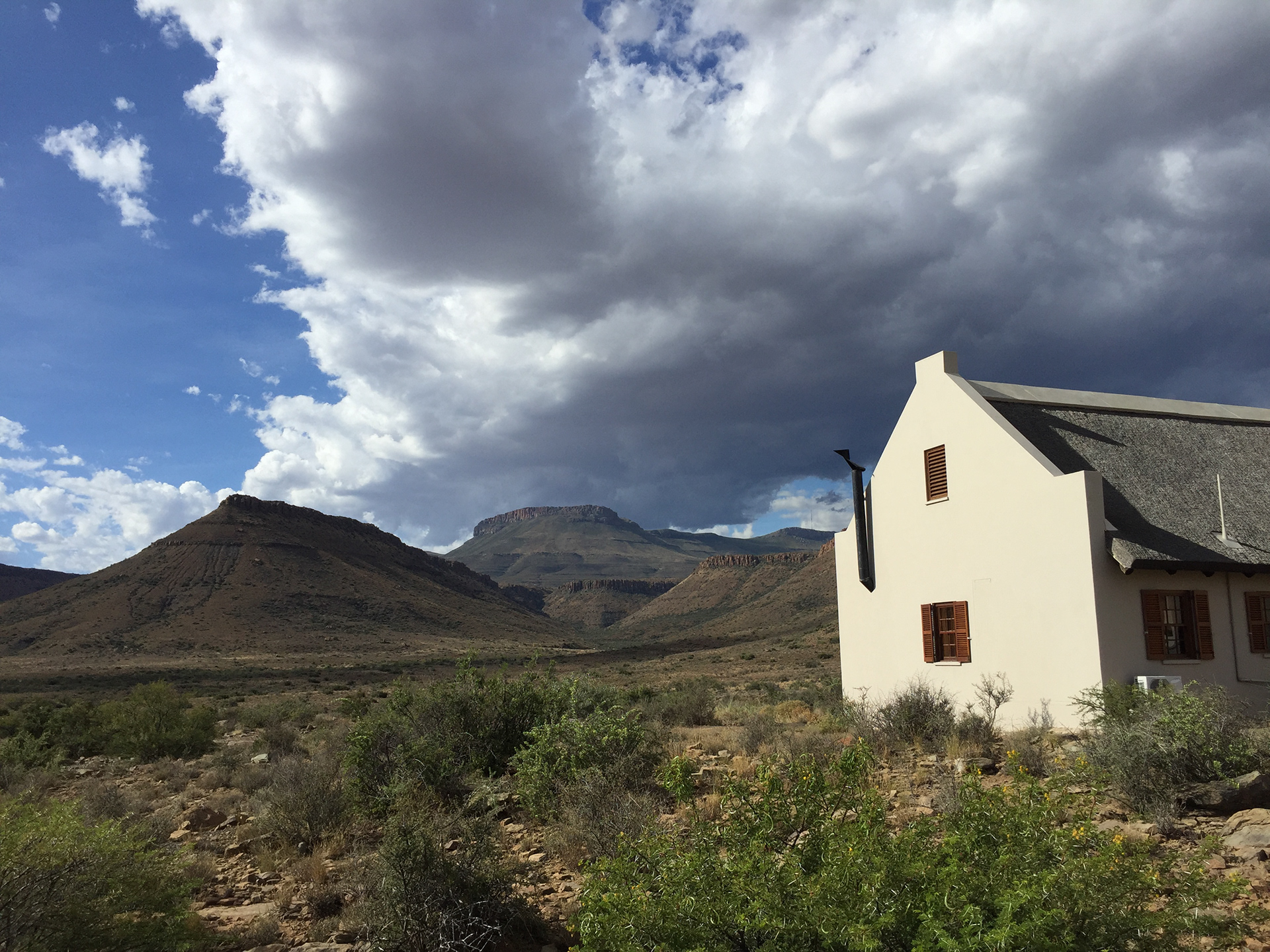
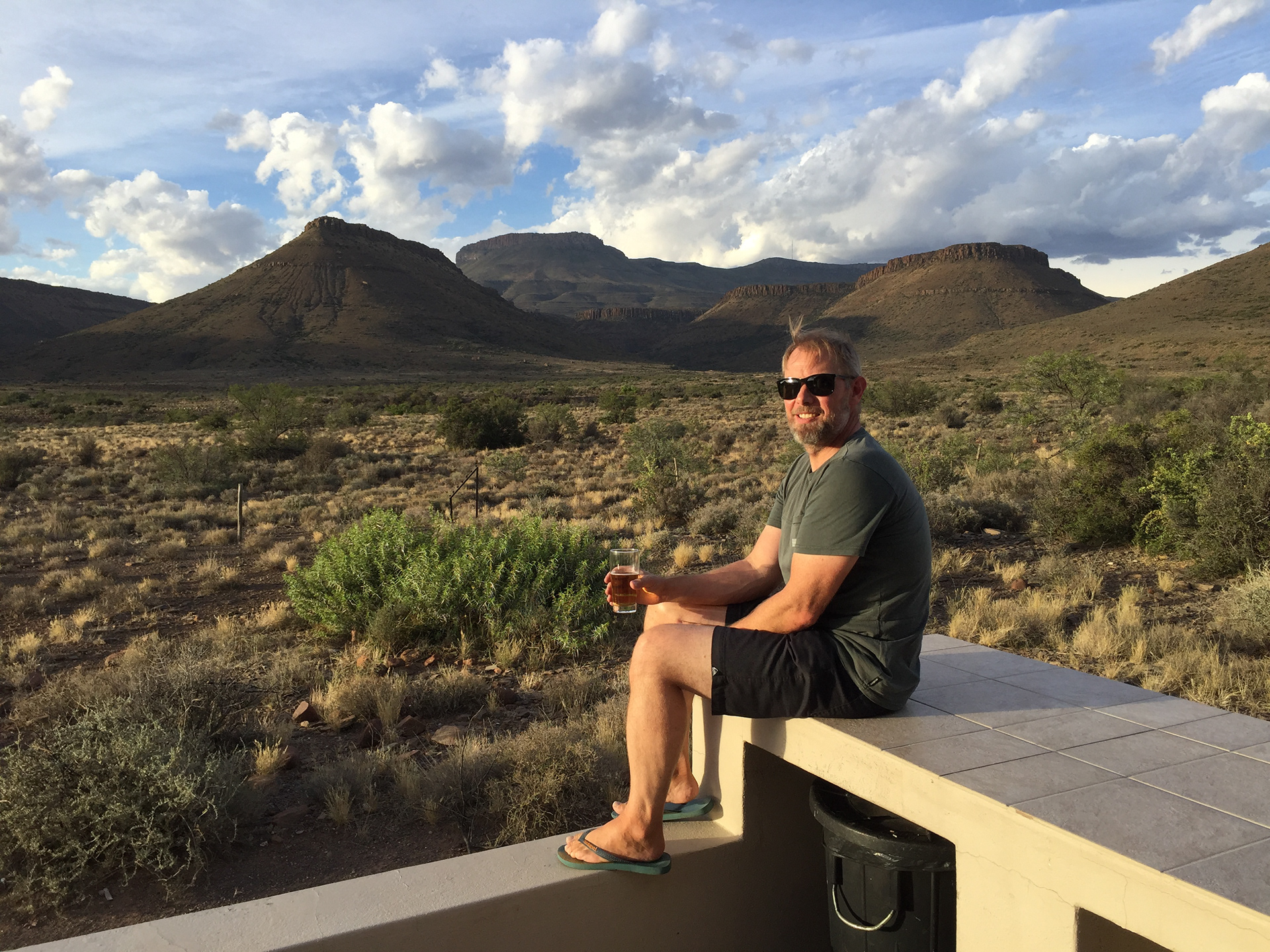
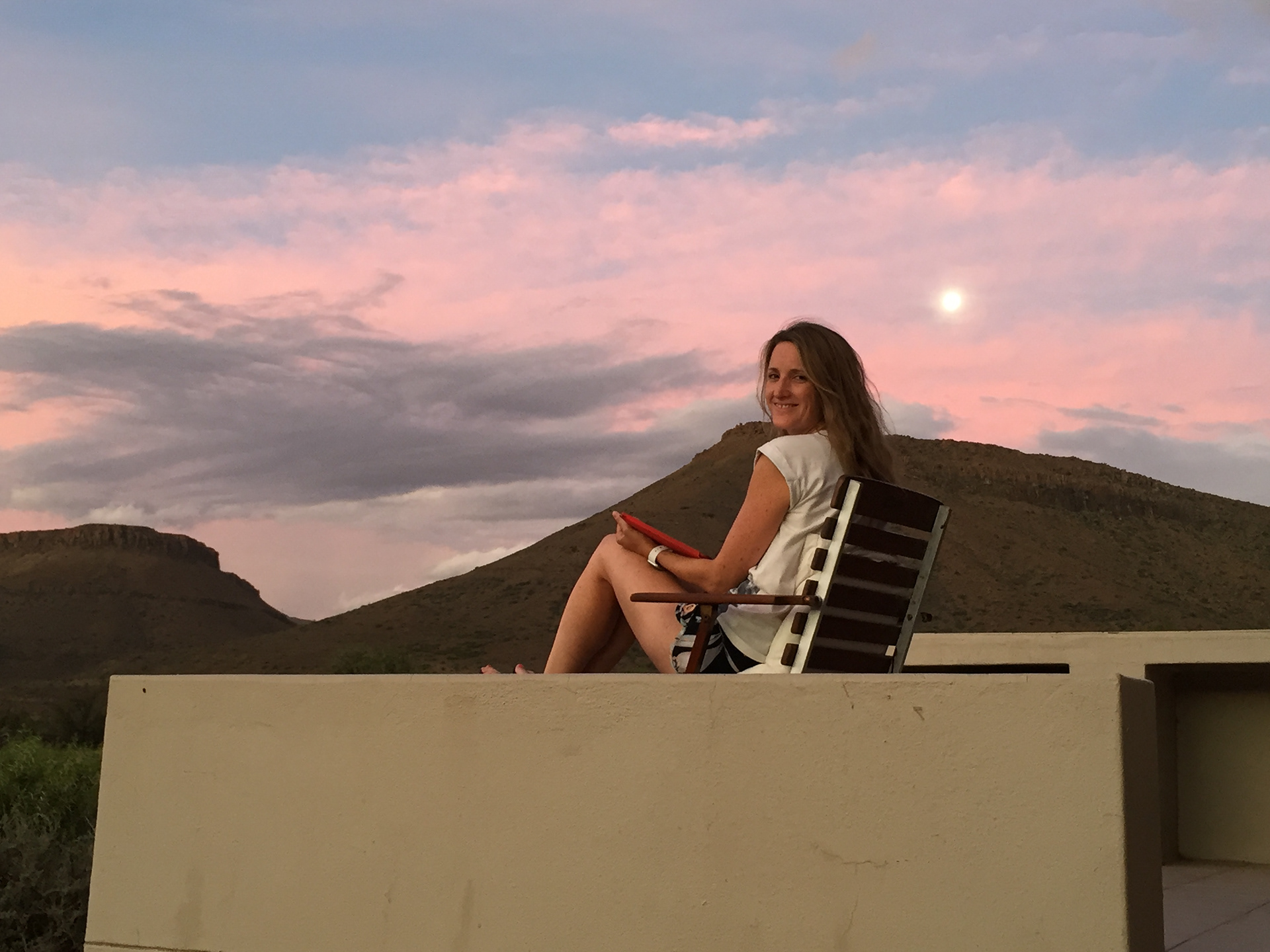
Like most national parks, this one has animals. There is a circular game drive loop that you can drive using an ordinary car and takes about 2.5 to 3 hours to complete. Part of the drive goes along the Klipspringer pass, which is a tarred mountain pass that offers great views of the park and the valleys and mountains. There are also a number of 4x4 only trails, but we didn't have the right car for that (although we wished we did).

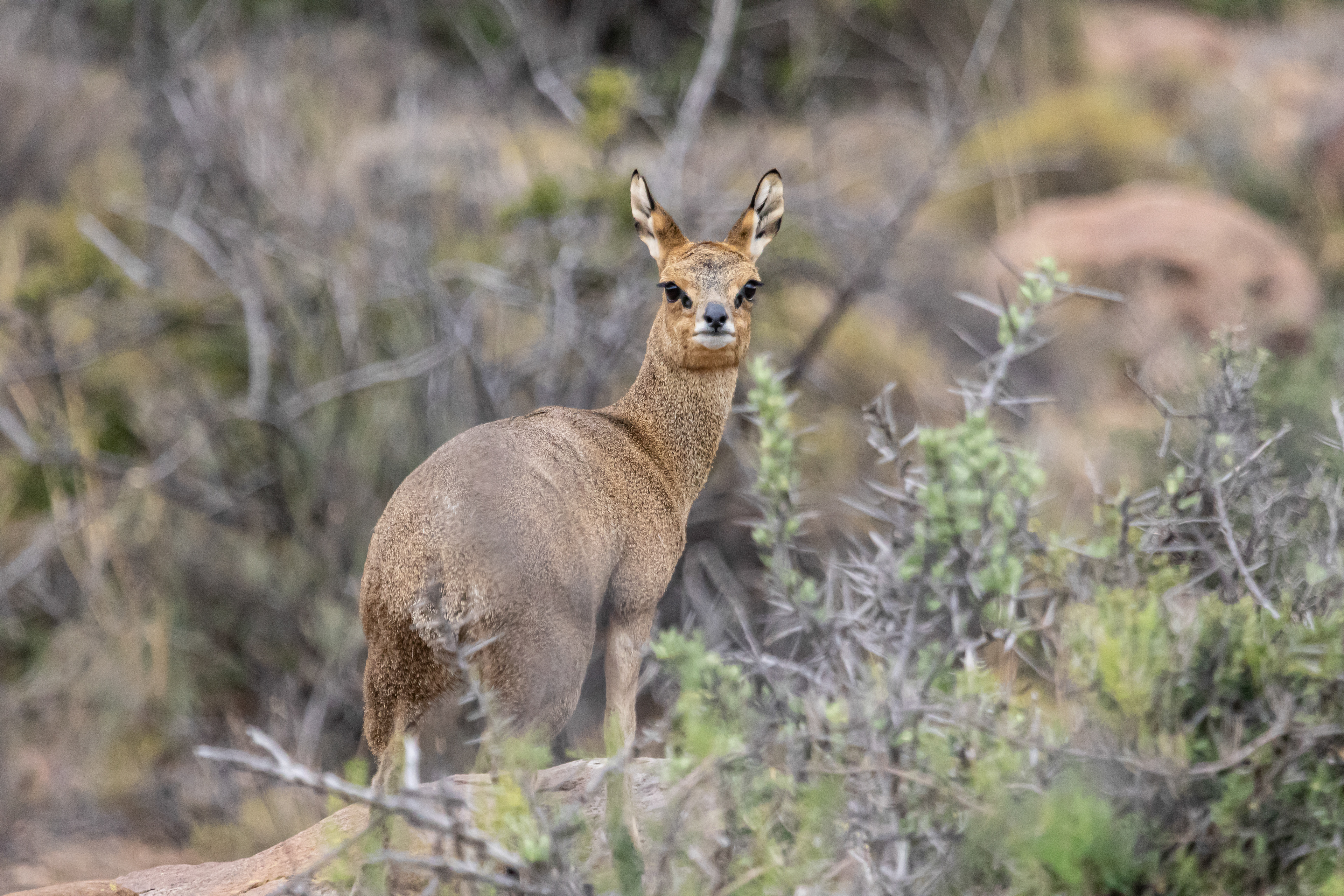
As far as animals go, the park is sparsely populated. There are apparently some resident lions and rhinos, but given the size of the park and the limited areas that are accessible by a normal car, the chances of spotting these few magnificent mammals is quite low. We did see plenty of baboons, kudu, springbok, hartebeest, zebra, and even a klipspringer.

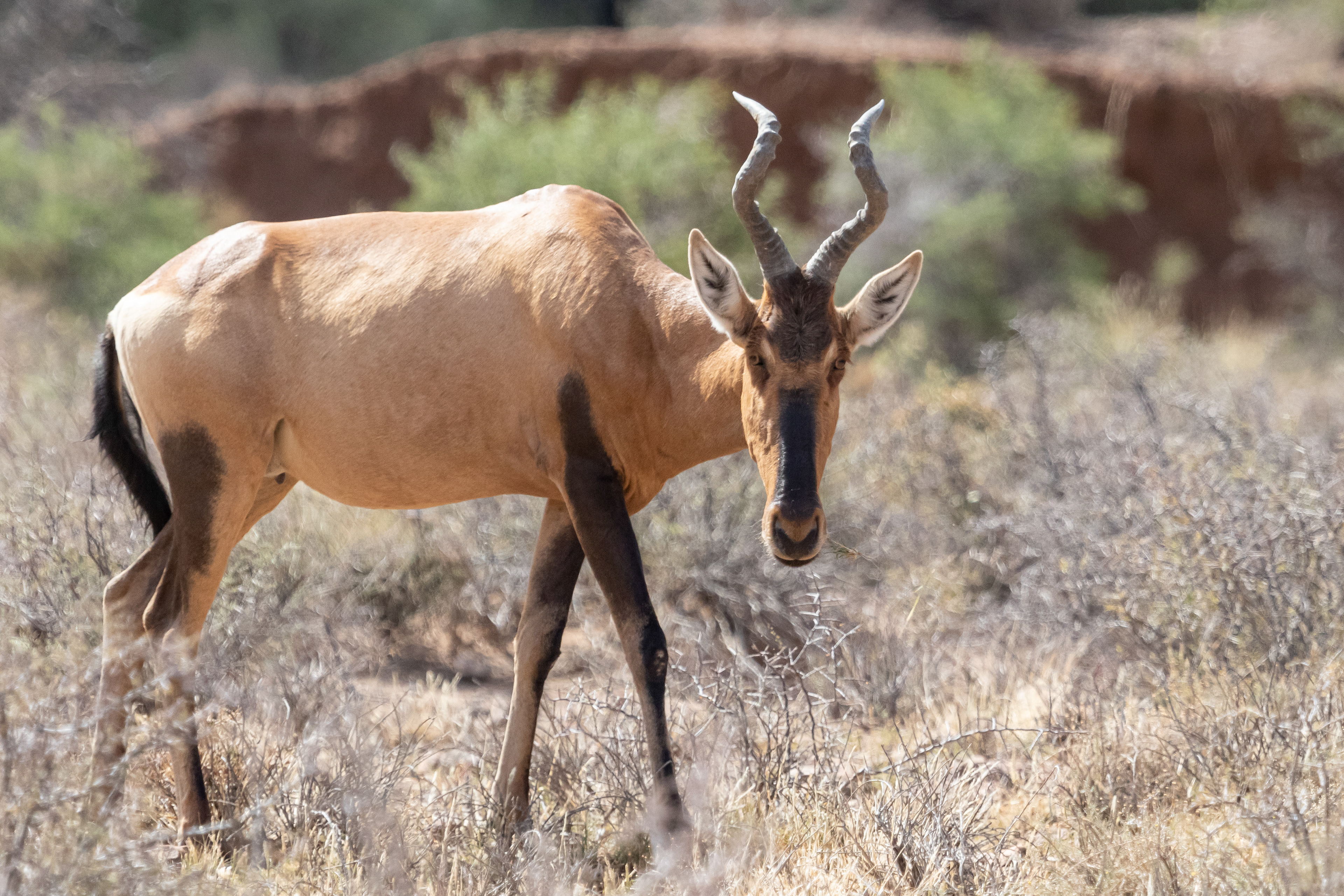
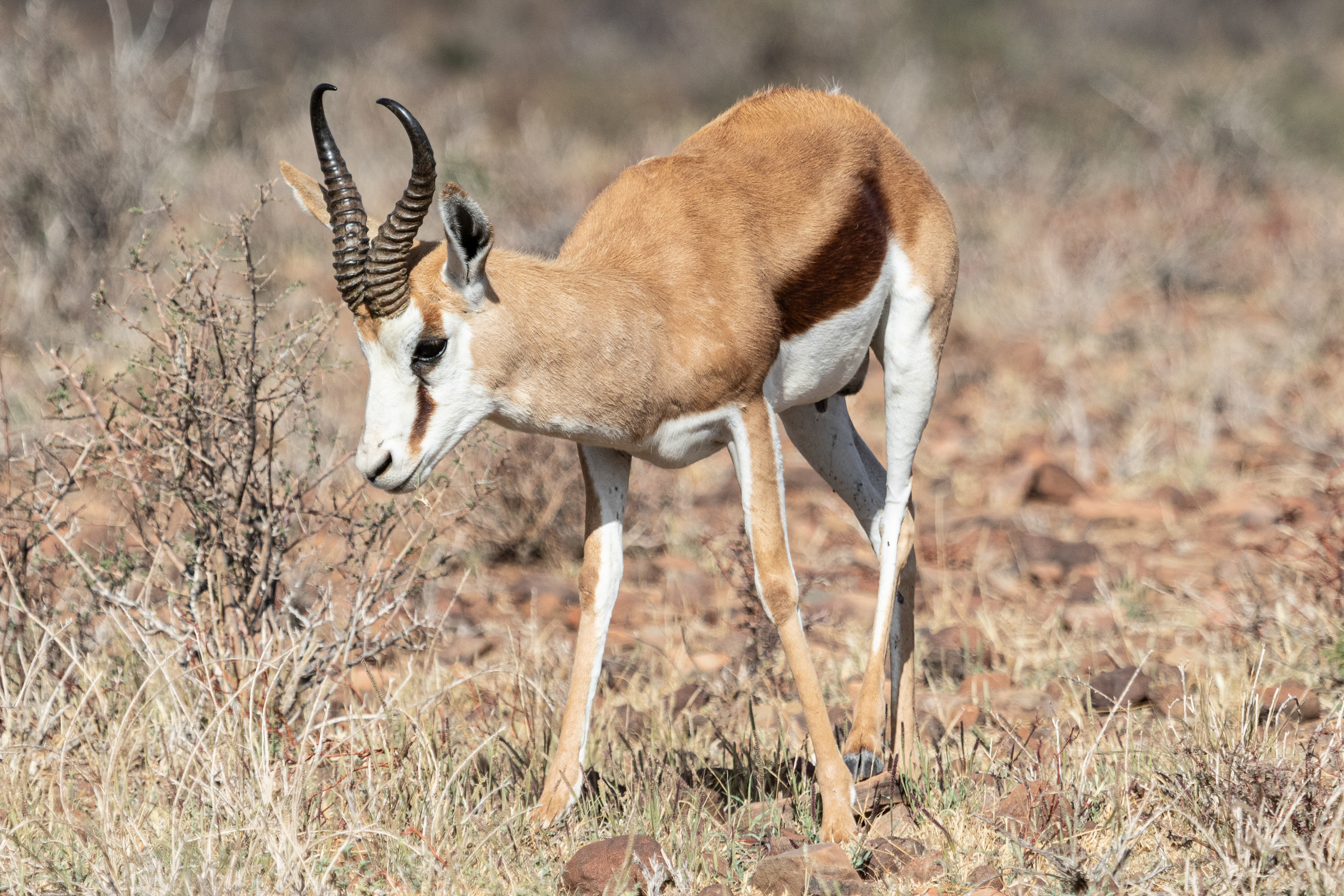
The park also has a few walking trails around the rest camp area. These aren't terribly taxing, and you can do them all within 1.5 hours. It made a welcome change from sitting in the car all day doing game drives. There is also a fossil trail which contains displays of some surprisingly interesting fossils of prehistoric animals. Animals with big teeth and weird skulls.
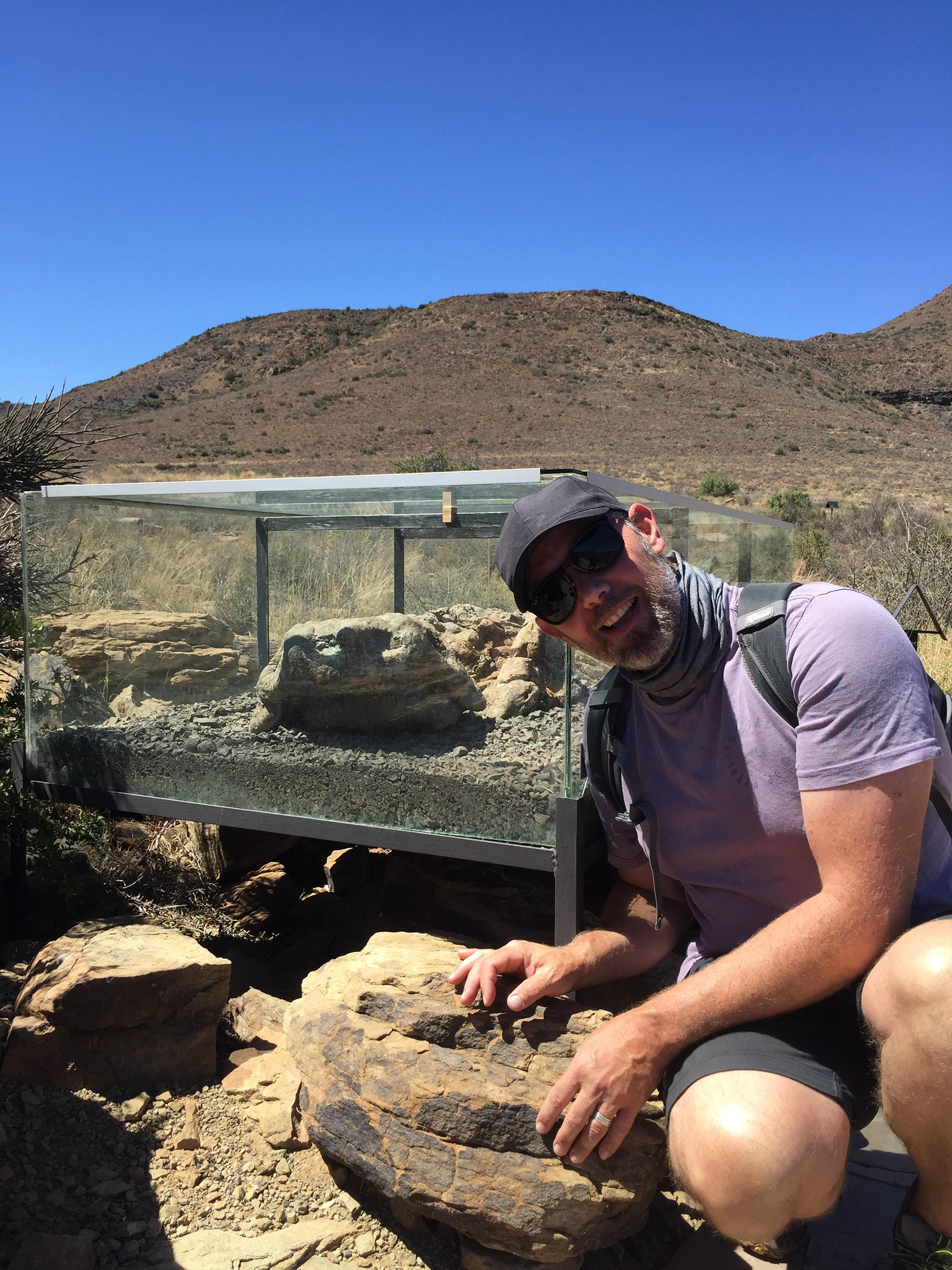
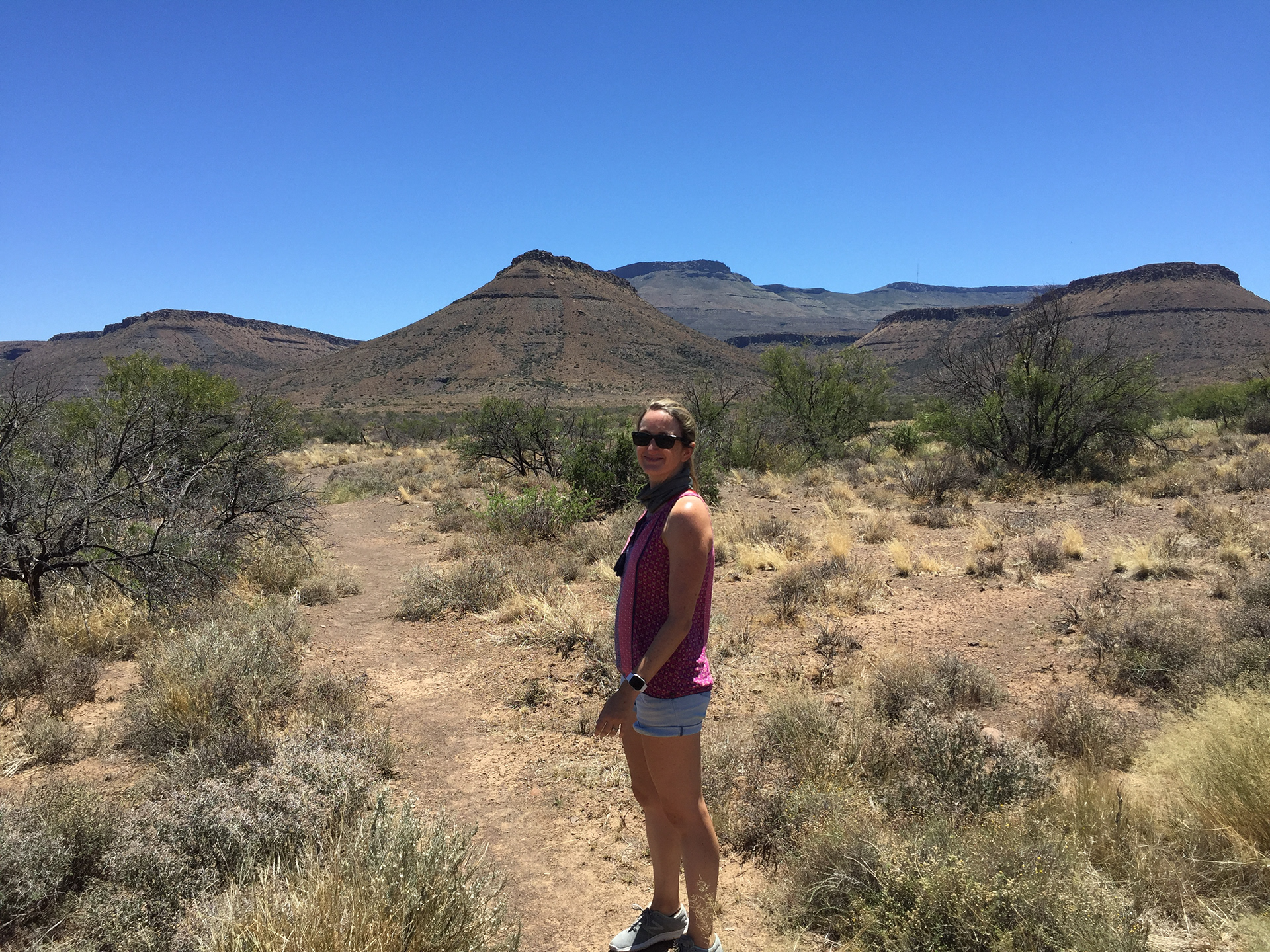
All in all, it was a very pleasant and enjoyable mini break. This park is overlooked as a holiday destination, possibly because it's dry and not overflowing with wildlife like some of its bigger siblings like Addo and Kruger. But it's definitely worth a visit, if nothing else than to enjoy the peacefulness of the area and the feeling of being completely isolated in the middle of nowhere.
Here are the things we learned from this trip:
1. If you don't have a 4x4, consider renting one. We felt like we missed out on a lot of the park because it wasn't accessible in our regular car. Also, despite the fact that the main circular route can be done in a regular car, the road is pretty bumpy and our poor station wagon was much worse for wear after a couple of game drives (including missing parts and a nasty oil leak).
2. Pack a pair of walking shoes and stretch your legs on one of the walking trails. You could even pack a mountain bike and cycle the trails.
3. Breakfast is included in the daily room rate at the park, so no need to bring your own. However, the breakfast options almost all include bacon, so if you're on diet or don't eat meat, you might want to bring your own breakfast food for some variety.
4. Pack a bathing suit. There is a pool, and it gets hot in the Karoo.
5. Take a double adapter (or two). The accommodation has plenty of plug points, but they're all the standard three-prong plugs. You'll need a two-prong adapter for your cellphone charger.
6. The ants bite. Don't stand still in one place for too long.
7. Enjoy the silence.
(Update: March 2021)
We went back. And this time, we went with a 4x4. The idea of getting a 4x4 had been brewing in our minds recently, as it seems highly unlikely that we'll be able to resume our international travels any time soon. We figured we should spend the next year exploring South Africa's national parks and game reserves, and the best way to do that is in a car that can go anywhere.
We didn't see a whole lot more animals on the second trip, but we had fun trying out the 4x4 capabilities of our new car.
We did spot this rather elegant and dragon-like rock monitor though.
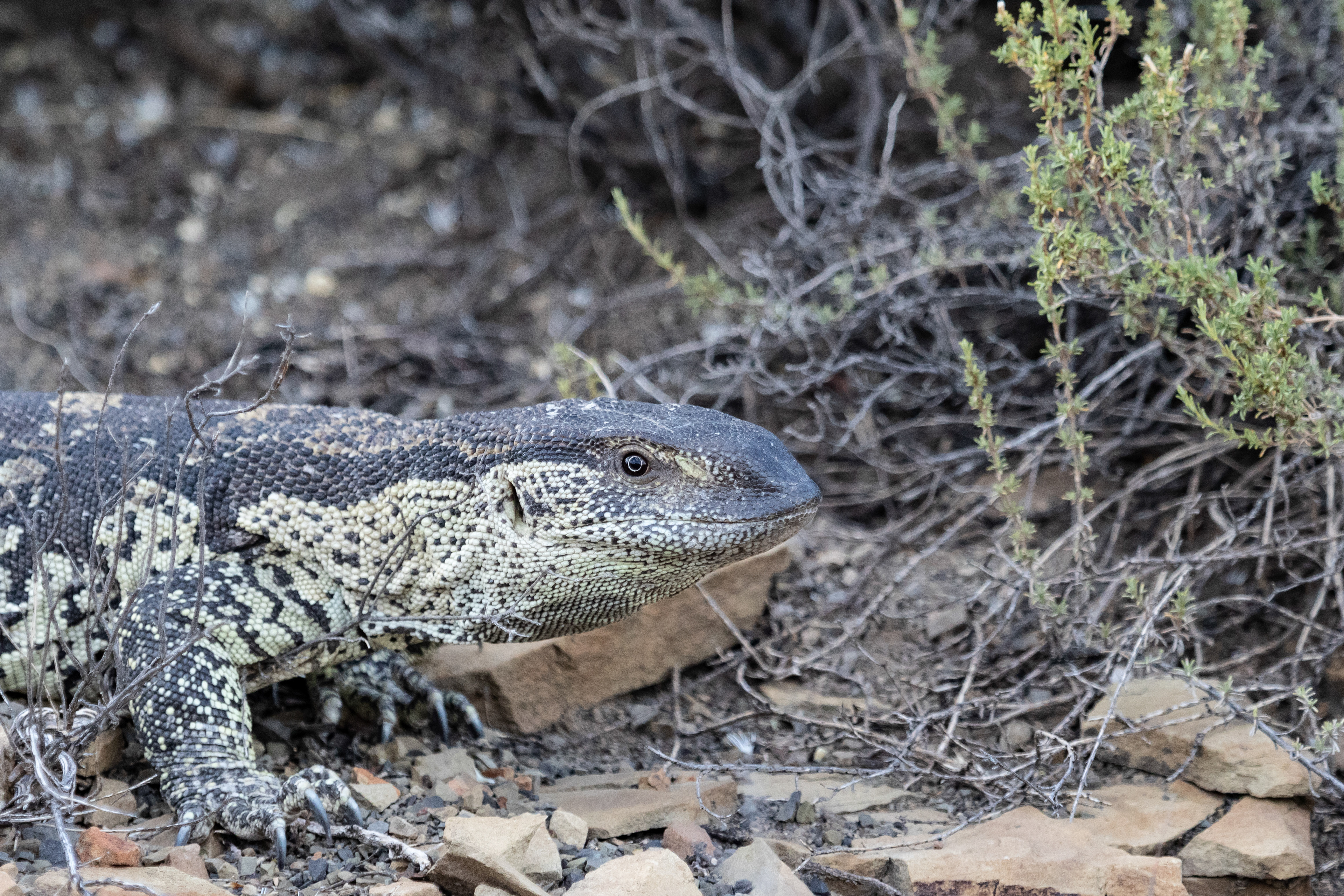
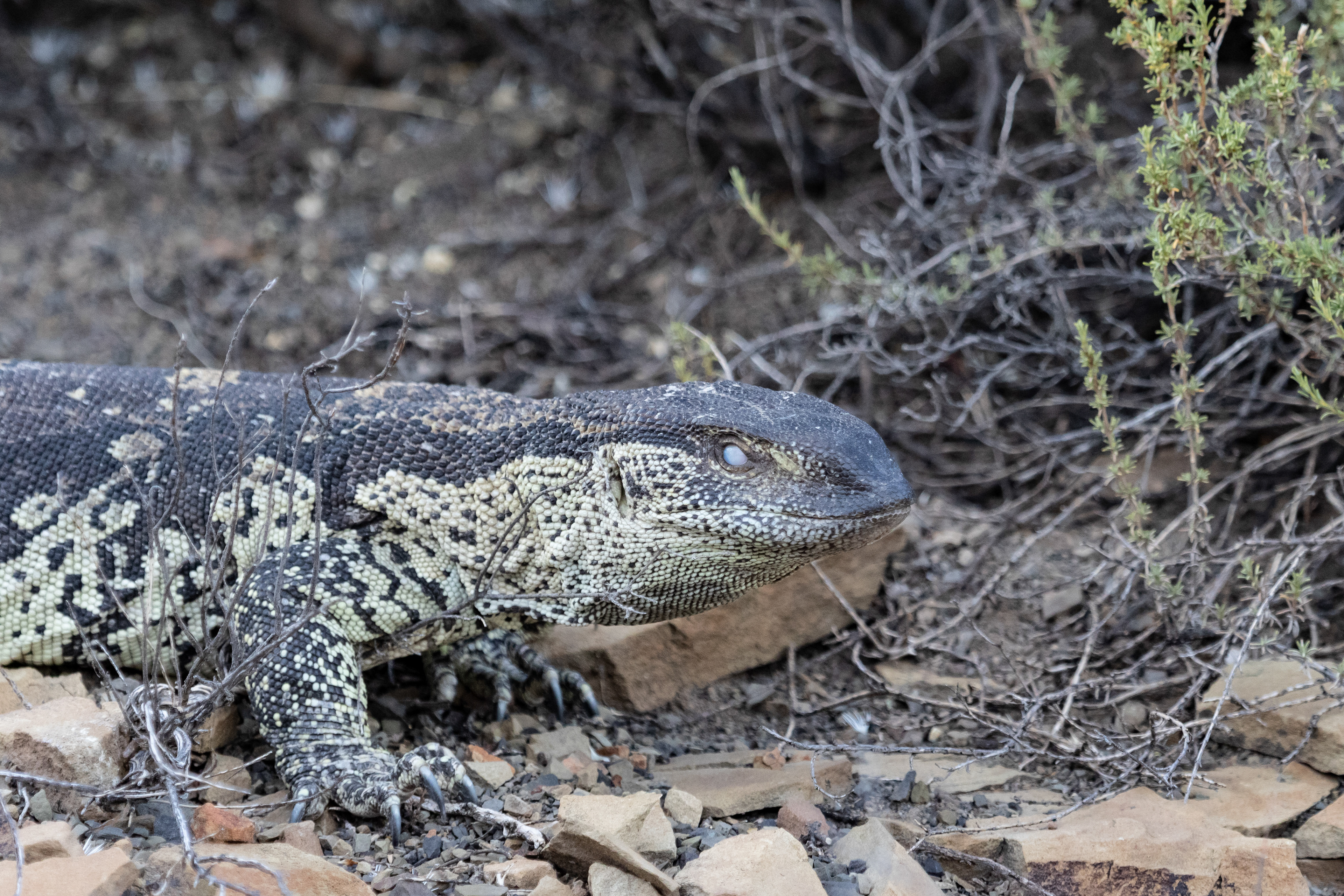
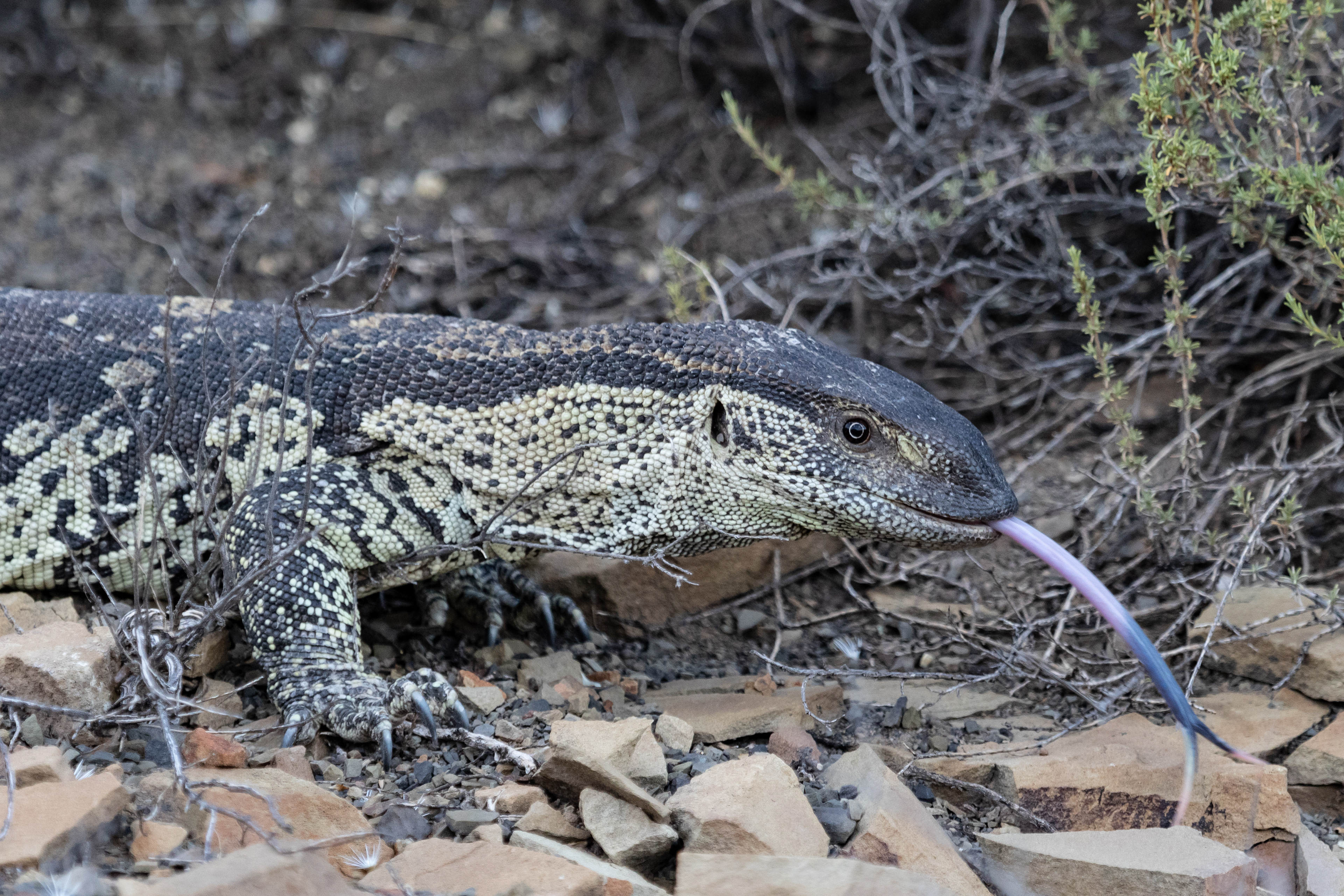
The main 4x4 trails in the Karoo National Park are graded 1-2. They are easy to drive, even if you've never been offroading before. We crossed a lot of dry river beds and drove over some bumpy bits. A high clearance vehicle is needed, but you won't need to use your diff lock. So if you're a 4x4 beginner, it's the perfect place to get started without feeling slightly terrified at the prospect of getting stuck. It was quite dry when we went, but if there are heavy rains, it might get muddy and challenging (but what do I know, this was our first time driving a 4x4).
There is a more difficult 4x4 trail, Pienaar's Pass, but that's currently closed.